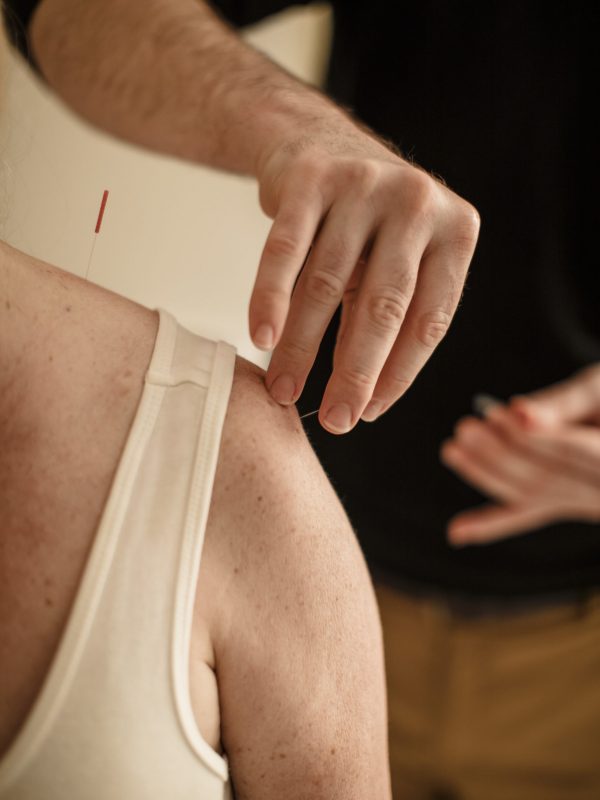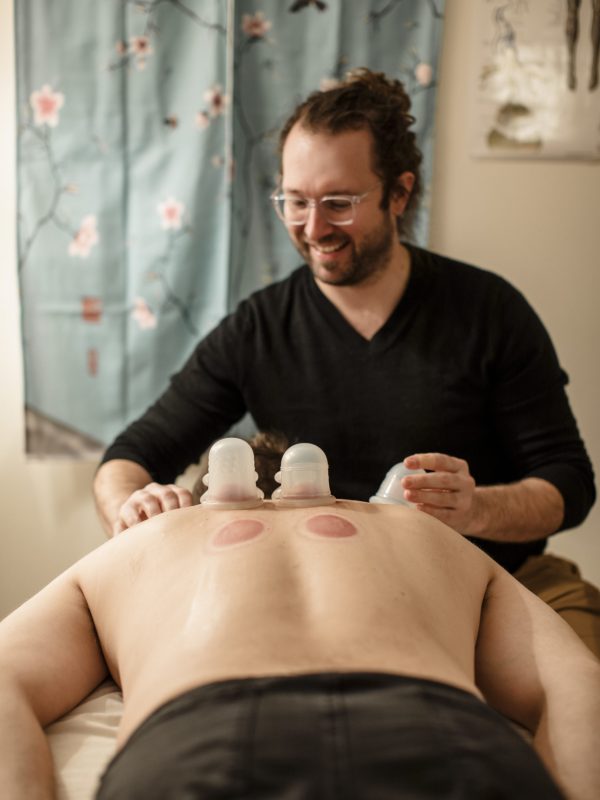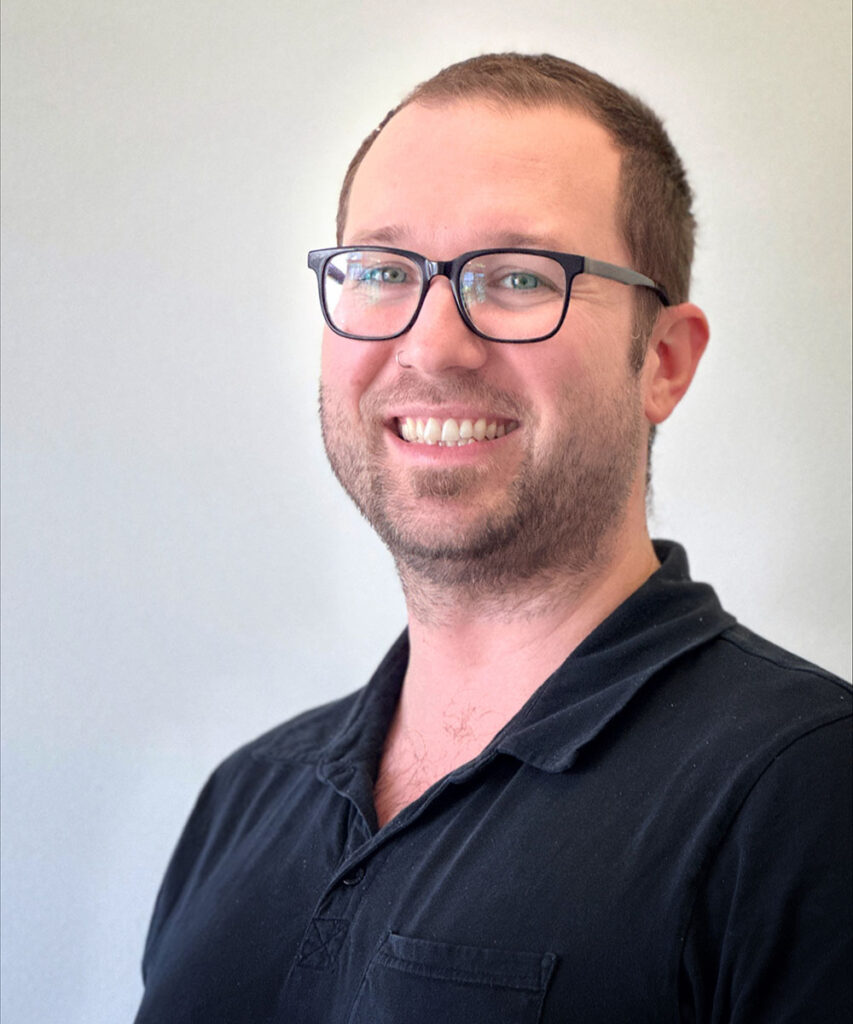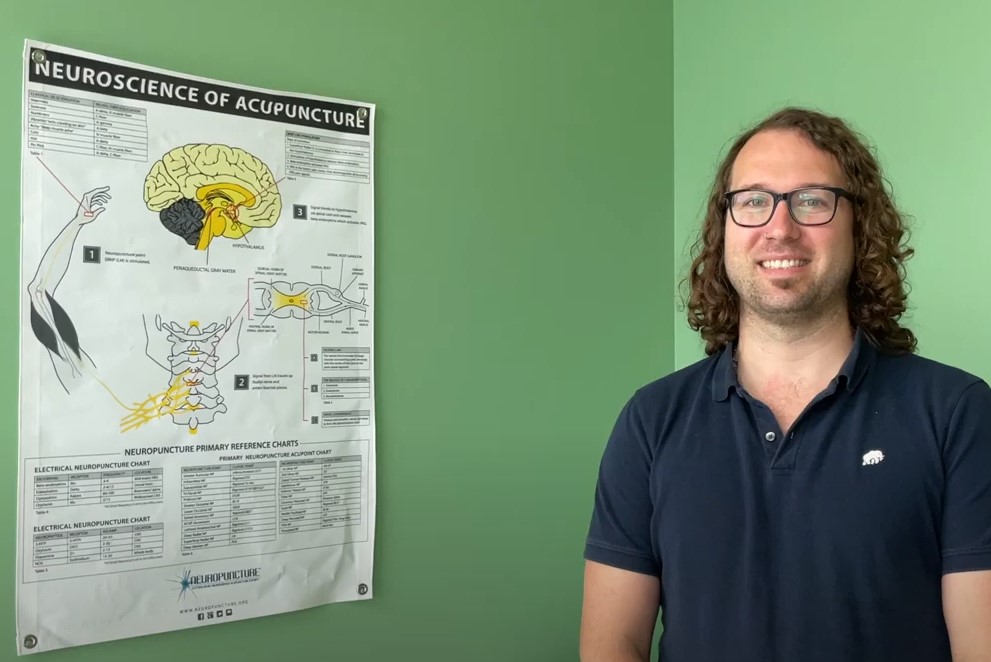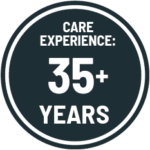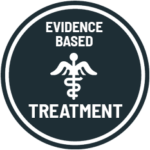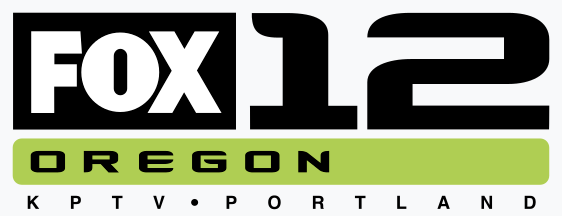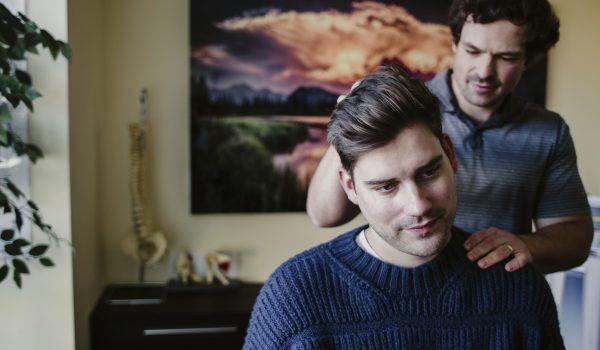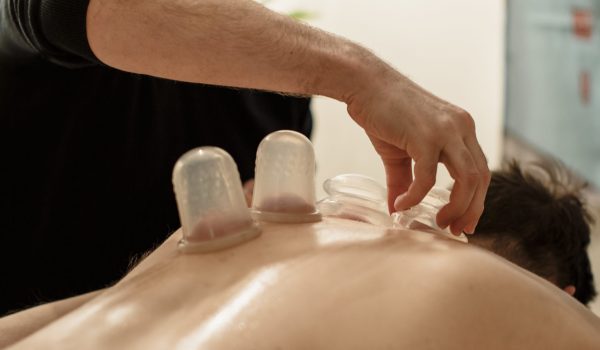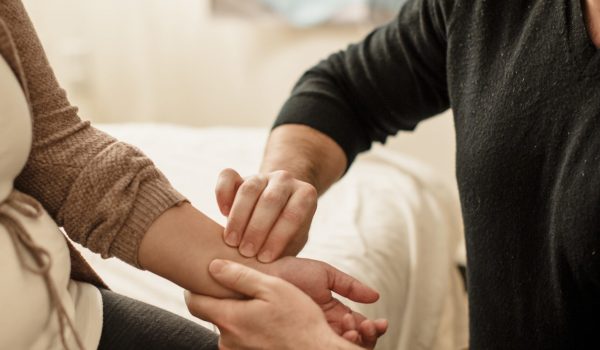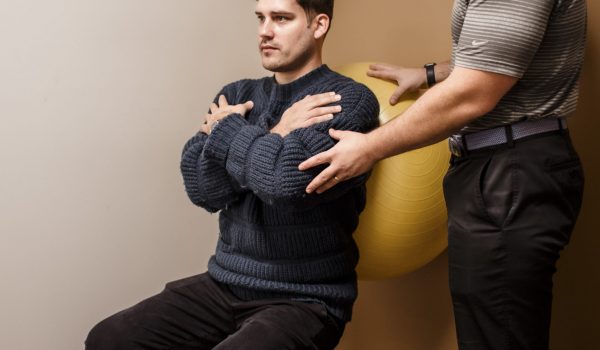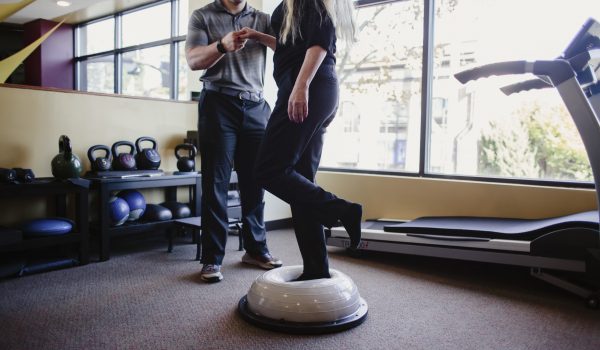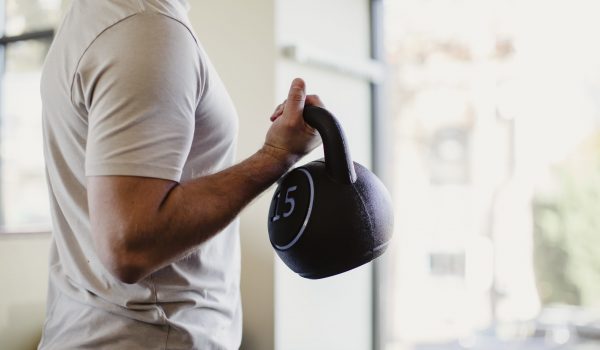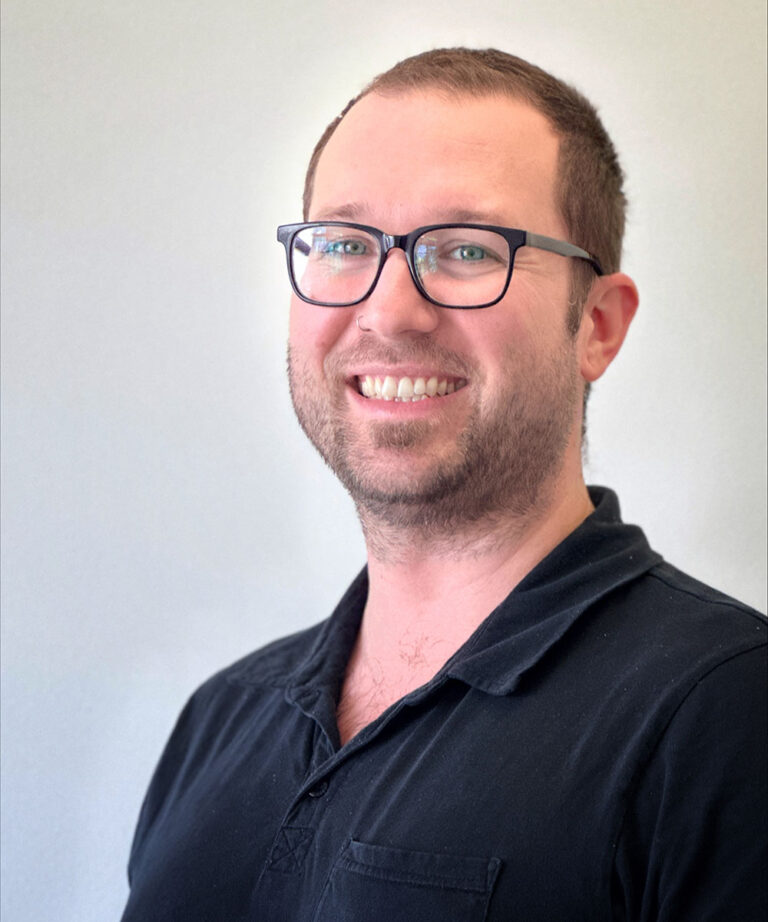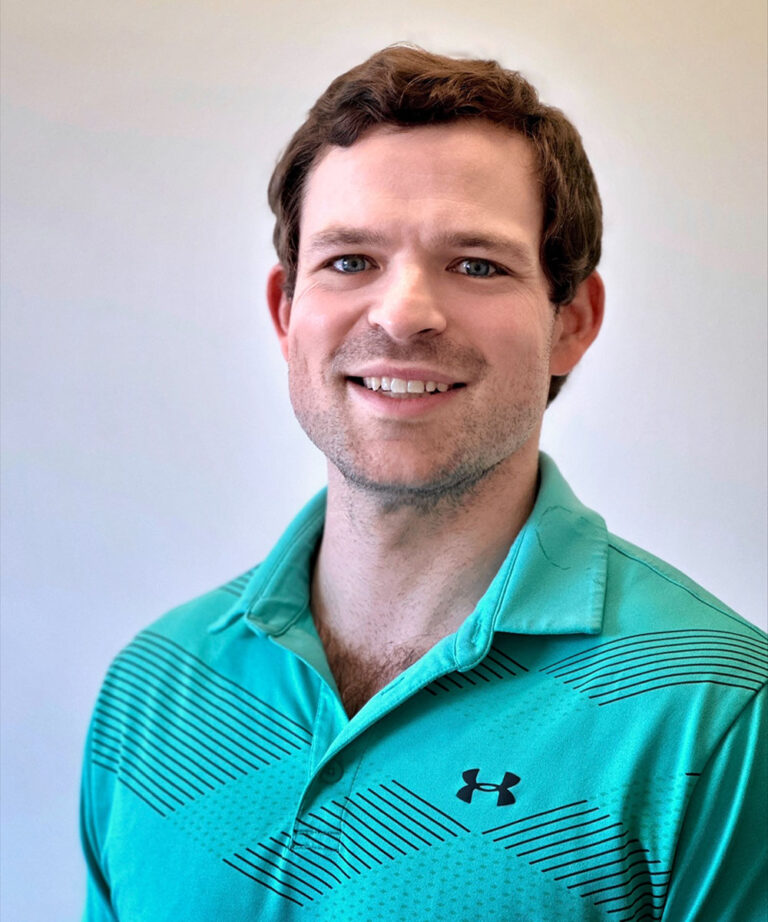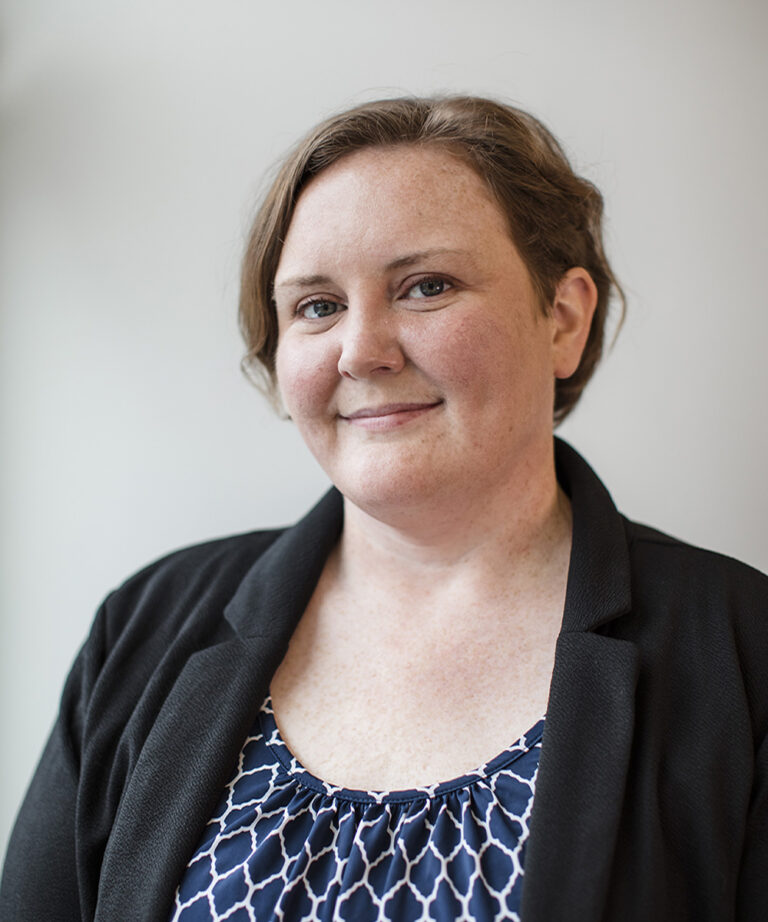This is a common question that people have about acupuncture. The answer is a little difficult, but is better understood through an analogy.
The human body has various vessels such as the blood vessels, which carry nutrition and nourishment for the body’s tissues, and the acupuncture meridian vessels, which carry information and energy for the body’s tissues and mind. When we have an injury, say in the ankle due to an ankle sprain, it is similar to a tree falling in the forest across a stream. This tree may cause a dam across the stream, however, in the beginning water is still able to flow under and around the stream because the tree is not able to completely occlude its flow.
Over time though, debris such as leaves and other branches will get caught by the tree and start creating more of a dam in the stream. This will result in a greater deposition of sediment and soon the water upstream from the tree will begin to swell and back up, while downstream from the tree the flow is much smaller than before and only trickles. In this example what is needed is to remove the tree from the stream in order to re-establish the normal flow to the area. When this is done all of the debris and sediment that was collected behind the tree will then flow downstream and cause a lot of dirty water filled with debris. Once the stream is able to flow again though, this debris will clear itself out naturally and the proper color and flow of the stream will be restored. This debris, sediment and “mud” in the water being released in this scenario would be an example of toxins being released after treatment. So bringing our analogy back to the body, if our ankle is injured and is swollen, it is as if a tree has fallen and blocked our blood and meridian vessels causing swelling and a buildup of debris and inflammatory sediment.
When treatment is performed to remove this obstruction these materials are released into circulation which may be described as a “detox reaction” due to the feelings of soreness, achiness, headaches, sweating, digestive disturbance, or nausea. These symptoms are totally normal and part of the process of healing and recovery. As in the example of the stream, once the proper flow is restored, the stream will clear itself and homeostasis will return.

